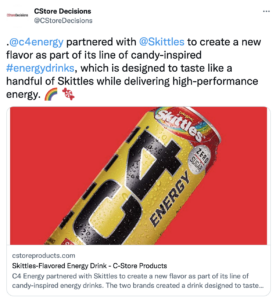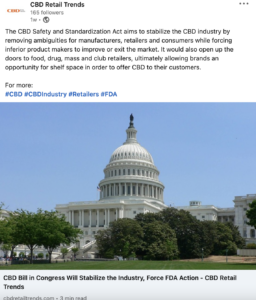
How to Establish Your B2B Company’s Brand Identity Online
With more people turning to the digital world for many different reasons, social media’s role in building a brand has never been more important and developing a brand identity has become a key to success.
What is Brand Identity?
In short, your brand identity can be explained as the personality of your business. It portrays how you want to be perceived by your audience and how you’d like to communicate the service or product you offer.
Where to Start?
The first step in building your brand’s identity is creating a visual identity, which consists of the visual elements you use to display your brand’s unique and distinctive style. This includes logos, text, colors, and anything else that has a visual connection to it. Once you have a visual identity set, consistently extend it throughout all of your social media efforts.
Your goal is to create consistency by using your visual identity throughout your social media platforms so when people land on your pages, they instantly know who you are.
Understanding Your Target Audience
The next step in building your brand identity is understanding your target audience. A target audience is a group of consumers within a predefined target market that is identified as the best recipients for a particular marketing message.
Knowing your audience is key to learning how to connect with them. Start by asking yourself a few questions: What market are you trying to reach? What is your ideal customer profile? Who has the buying power? What channels of communication work best? Questions like this help you further develop your target audience.
Another part of knowing your audience is understanding that they may vary based on the social media platform you’re using. For example, the average age of a Facebook user is 40.5 years old, while the average age of a TikTok user is between 10 to 29 years old. Understanding the difference in how you appeal to your audience on different platforms is key.
Understanding the difference in how you appeal to your audience on different platforms can be determined when developing a tone of voice.
Develop a Tone of Voice
Using a tone of voice that appeals to your audience is key to engaging with them, but how do you develop it?
The phrase “tone of voice” refers to the persona your brand takes on. Think of this as how you would best connect with your audience if you were having a conversation with them face to face.
If you’re promoting a trendy energy drink brand or new-to-market candy item, consider using a fun, lighthearted tone that contains emojis, modern-day lingo and references to current trends.
If you’re promoting news, research or an educational opportunity, like a conference, event, or webinar, consider using a more polished and knowledgeable tone that positions you as a trusted information source.
Use Branded Hashtags
Branded hashtags are a simple way to build your brand identity and help you better connect with your followers. It can be the name of your brand, a product/service you promote, or even your slogan, but ensure that the hashtag that you use is unique to you and your brand.
If you’re promoting an event, creating and using branded hashtags will better enable your content to be seen by users that are interested in these topics. In return, if your followers are posting content, including photos and videos of your brand online, be sure to encourage them to use this hashtag. Using a branded hashtag helps spread awareness of your brand and makes it easier for you to find user-generated content.









Leave a Comment
You must be logged in to post a comment.